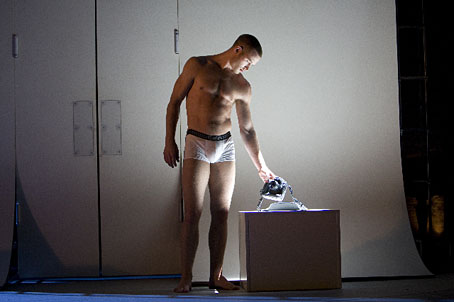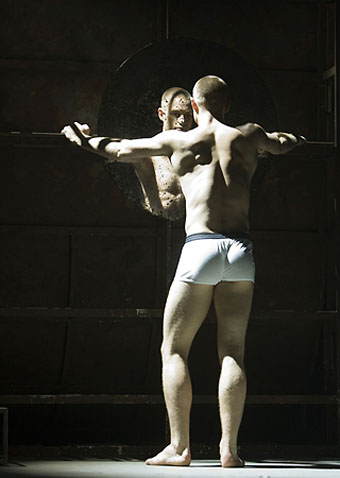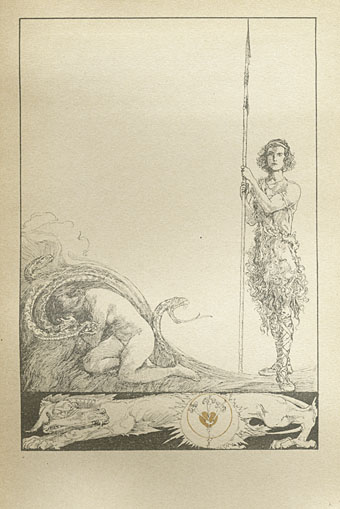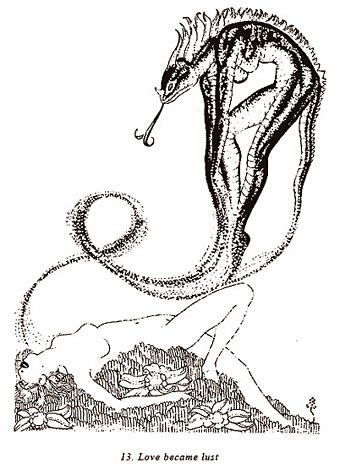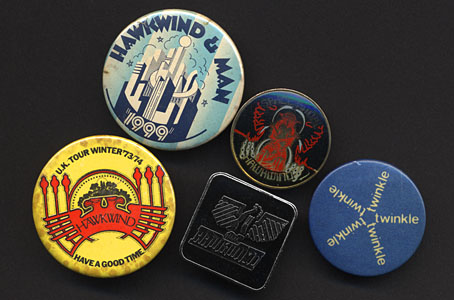
Four Hawkwind badges and a Nik Turner badge based on designs by Barney Bubbles. From the Coulthart archives.
Readers who’ve been waiting for Reasons To Be Cheerful, Paul Gorman‘s landmark study of the life and work of artist and designer Barney Bubbles, may like to know that Paul was in touch today with the suggestion that some pages of the book be previewed here closer to the release date on November 7th. I’d be more than happy for that, of course, so thought I’d mention it now in order to whet the appetite. As mentioned earlier, the book is published by Adelita and its launch will be accompanied by an exhibition at London Print Studio opening on October 23rd. Watch, as the saying goes, this space.
 Also this week, Yvonne at Nemeton picked { feuilleton } as one of her nominations for the I Love Your Blog award. While I’m going to sidestep the difficult choice of having to pass the award on (which would require nominating a new group of people) I can at least add Nemeton—described as “musings on philosophy, politics, mysticism, geeky stuff, literature, news and ideas”—to the blogroll. Thanks Yvonne!
Also this week, Yvonne at Nemeton picked { feuilleton } as one of her nominations for the I Love Your Blog award. While I’m going to sidestep the difficult choice of having to pass the award on (which would require nominating a new group of people) I can at least add Nemeton—described as “musings on philosophy, politics, mysticism, geeky stuff, literature, news and ideas”—to the blogroll. Thanks Yvonne!
Previously on { feuilleton }
• Arte y pico award
• Reasons To Be Cheerful: the Barney Bubbles revival
• Barney Bubbles: artist and designer

